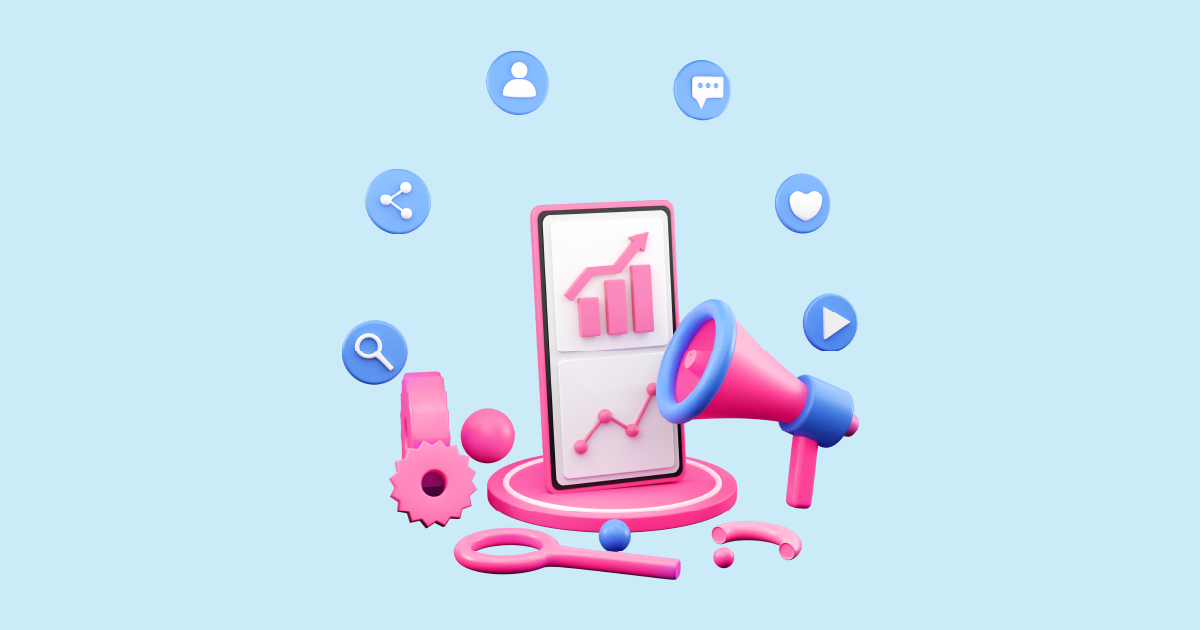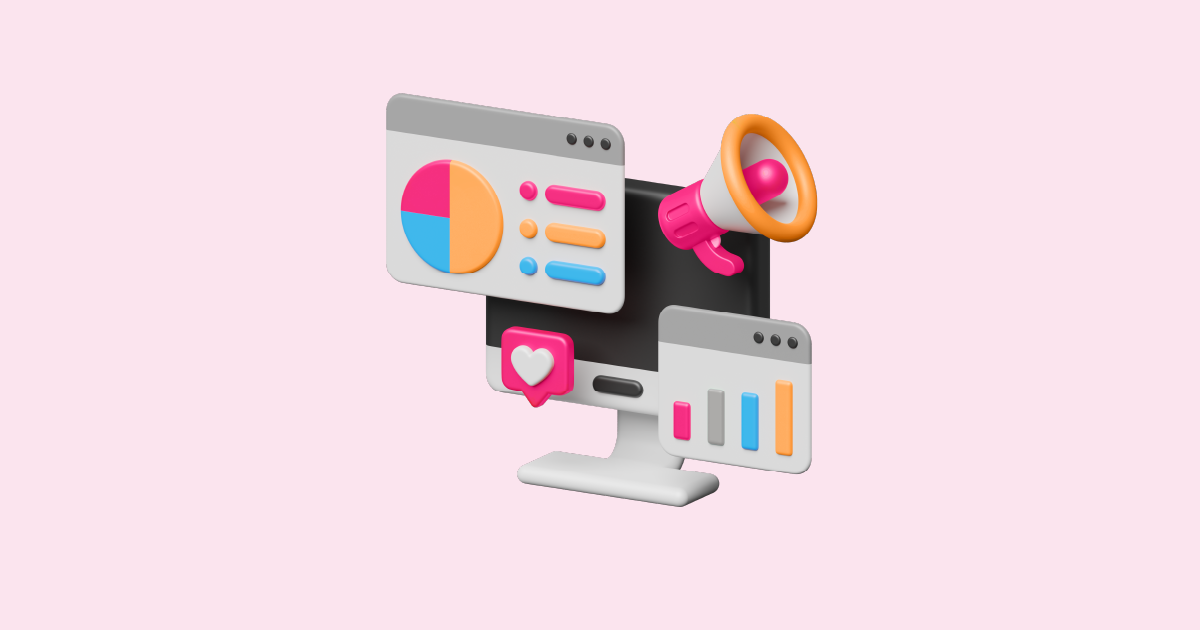In today’s fast-paced digital world, public relations is no longer a game of guesswork or gut feelings. Brands that win headlines, audience trust, and thought leadership are those that use data-driven PR campaigns — strategies powered by analytics, trends, and audience insights.
Gone are the days when PR was just about press releases and media lists. Now, it’s about strategy backed by data, tools, and real-time performance tracking.
In this blog, we’ll explore how to build powerful, data-driven PR campaigns, what tools to use, how to structure your efforts, and how AIM Fluence helps turn numbers into narratives.
What Are Data-Driven PR Campaigns?

Data-driven PR campaigns refer to the use of quantitative and qualitative data to shape, launch, and measure PR efforts. This approach helps brands make smarter decisions, target the right audiences, and adjust campaigns based on real-time feedback.
Instead of relying on instincts, data-driven PR uses:
- Media analytics
- Search trends
- Audience demographics
- Social sentiment
- Performance metrics
The result? Stronger storytelling, better placement, and measurable ROI.
Why Data-Driven PR Matters in 2025
The media landscape is more competitive than ever. Journalists receive hundreds of pitches daily. Editors want relevance. Audiences demand authenticity. So, PR professionals must ask:
Is my pitch timely? Is my content relevant? Is my audience listening?
With a data-driven strategy, you’re not just making noise—you’re making an impact.
Key Benefits:
- Targeted messaging: Understand who your audience is and what they care about.
- Stronger media outreach: Tailor pitches to what journalists are writing about.
- Performance tracking: Know what worked and what didn’t in every campaign.
- Content optimization: Create assets that are SEO-friendly and newsworthy.
How to Build a Data-Driven PR Campaign
Here’s a step-by-step framework for launching a data-backed campaign:
1. Define Clear Objectives
Every campaign should start with clear, measurable goals.
Ask yourself:
- Are you looking to increase brand awareness?
- Launch a product?
- Control a crisis?
- Strengthen your brand reputation?
Example goals:
- Gain 15 media mentions in tier-1 publications.
- Drive 10,000 visits from earned media to a landing page.
- Boost branded search volume by 30% in 3 months.
2. Use Data to Identify Trends
Stay ahead of the curve by tapping into:
- Google Trends to discover rising topics.
- BuzzSumo to find top-performing content.
- Social listening tools (like Brandwatch or AIM Insights) to gauge sentiment and influencer chatter.
- SEO tools (like SEMrush or Ahrefs) to identify keyword opportunities.
These tools show you what topics your audience cares about — and where your brand can add value.
3. Profile Your Audience
A successful campaign speaks directly to the right people.
Use:
- CRM data to understand customer behavior
- Demographics and psychographics from Google Analytics
- Email and social engagement metrics
- Survey results or user feedback
Create detailed audience personas:
- Name, age, job title
- Media consumption habits
- Pain points and values
This helps tailor your message and pick the right distribution channels.
4. Craft Your Narrative
Once you have your data, build a compelling story.
Use the data itself to create the story. For example:
-
“According to our latest consumer survey, 67% of Gen Z shoppers prefer sustainable brands.”
Let data drive both your angle and your authority.
5. Develop Campaign Assets
Based on your insights, create the following:
- Press releases with embedded data points
- Infographics that visualize complex stats
- Social media snippets for sharing
- Email pitches personalized to journalists
Ensure assets are aligned with both SEO and media best practices.
6. Launch & Distribute Strategically
Use a mix of:
- Media pitching (targeted based on previous journalist coverage)
- Press release distribution services (PR Newswire, BusinessWire)
- Owned media (blogs, newsletters, brand channels)
- Influencer or partner outreach
Don’t forget SEO: optimize headlines, metadata, and links.
7. Monitor & Measure
Track campaign performance using:
- Media monitoring (coverage, backlinks, social shares)
- SEO tracking (keyword rankings, traffic spikes)
- Referral analytics (where traffic came from)
- Sentiment analysis (positive, negative, neutral mentions)
Use UTM tags and dashboards to attribute PR wins to specific efforts.
Spotlight: How AIM Fluence Supercharges Data-Driven PR
What is AIM Fluence?
AIM Fluence is a powerful analytics platform designed to help PR and marketing teams make smarter, faster, and more strategic decisions based on real-time data.
It goes beyond vanity metrics to provide deep, actionable intelligence across:
- Media coverage analytics
- Journalist engagement
- Audience behavior
- Sentiment trends
- Campaign benchmarking
Why PR Professionals Love AIM Fluence
- Journalist Matchmaking: AIM uses AI to recommend journalists who are most likely to engage with your story based on previous coverage and pitch history.
- Real-Time Campaign Feedback: Get instant alerts when your brand is mentioned — and track which narratives are gaining traction.
- Content Optimization: AIM shows which content pieces perform best by audience segment, helping you refine your message mid-campaign.
- Smart Reporting: Export beautiful, presentation-ready reports showing ROI, reach, sentiment, and keyword traction.
Real-World Example
Let’s say your PR team is launching a sustainability initiative. AIM Fluence helps you:
- Identify top-performing green topics
- Find journalists writing about ESG
- Suggest the best headlines based on engagement rates
- Measure media value post-launch
All in one sleek dashboard.
Final Thoughts
In a landscape ruled by algorithms, competition, and short attention spans, data is your biggest advantage.
Data-driven PR campaigns don’t replace creativity — they enhance it. It helps you:
- Tell more relevant stories
- Reach the right audience at the right time
- Maximize your media impact
- Prove ROI to stakeholders
In 2025 and beyond, PR teams that win headlines will be the ones who can combine storytelling with science.
So, if you haven’t already, it’s time to retire the old press kit and step into the new era of data-fueled PR.
Ready to take your PR campaigns to the next level? Request a free demo from AIM Technologies and see how AIM Fluence can help you turn data into media success.




